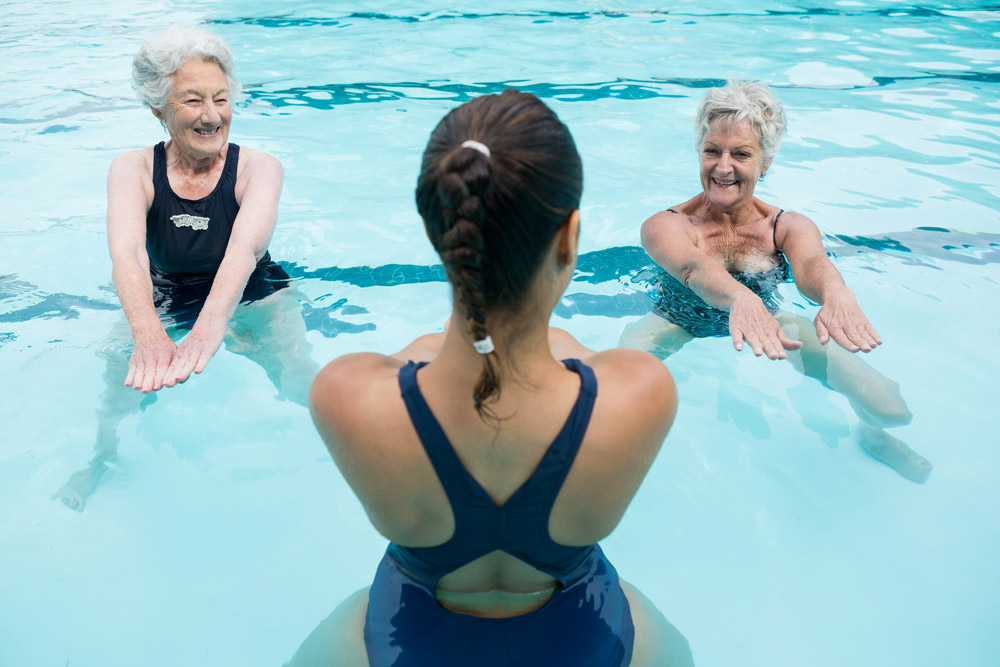
Why is exercise important for Diabetes
Do you or a family member have diabetes or pre-diabetes? Are you concerned about your health but aren’t sure what to do about it? If so, we are here to help ?
What is Diabetes?
Type 2 Diabetes Mellitus is a chronic condition which impacts the way the body processes glucose (blood sugar). With Type 2 Diabetes, the body does not produce enough insulin or resists insulin absorption. As a result of this, the individual can experience many symptoms such as dizziness, fatigue, poor circulation and blurred vision. The impacts of neglected or poorly managed diabetes can be significant. These impacts may include an increased risk of heart and kidney disease, vision loss, loss of sensation in legs (neuropathy) and in some cases, the amputation of limbs.
 How can exercise help?
How can exercise help?
When we exercise our body lowers its blood glucose through two main methods. Firstly, when our muscles contract during exercise, our cells are able to take in excess blood glucose (sugar). Then, the excess blood sugar is converted into energy. Secondly, after exercise, insulin sensitivity is increased for a number of hours, resulting in improved glucose management during and after activity.
Additionally, when we exercise we get the added well known benefits of lowering blood pressure and cholesterol, strengthening muscles and bones, improvement of weight control and improving mental health.
What exercises should I be doing for diabetes?
All types of exercise will help the management of blood glucose to varying degrees. Exercises such as walking, swimming, aerobics, yoga, sports, pilates and cycling have all been proven to have a positive impact on blood glucose management. However, a combination of aerobic exercise (cardio) and resistance training (lifting weights) has been proven to be the most effective way to decrease blood glucose. The larger the muscle mass contraction, the greater the use of glucose occurs. Thus the specific exercises recommended include large compound movements such as squats, deadlifts, bench press, leg press and push ups.
Some considerations for diabetics.
It is possible for individuals with diabetes to experience a hypoglycemic (low blood sugar) or hyperglycemic (high blood sugar) event. To avoid this follow the steps below:
- The best time to exercise is 1 to 3 hours after eating a meal
- If you are currently seeing a dietician, let them know about a change in your activity levels
- If you use insulin or a high dose of diabetes medication, it’s important to test your blood sugar before and after exercising
- If you experience any symptoms such as dizziness, light headedness or shakiness make sure you take time to rest.
- Do not exercise if your blood sugar levels are below 4.9mmol/L or greater than 15mmol/L
If you have any questions about the boom and bust cycle or you feel that you’re not quite getting the best out of your program, book online or call us on 07 3352 5116 to see our Exercise Physiologist today!

 How can exercise help?
How can exercise help?





